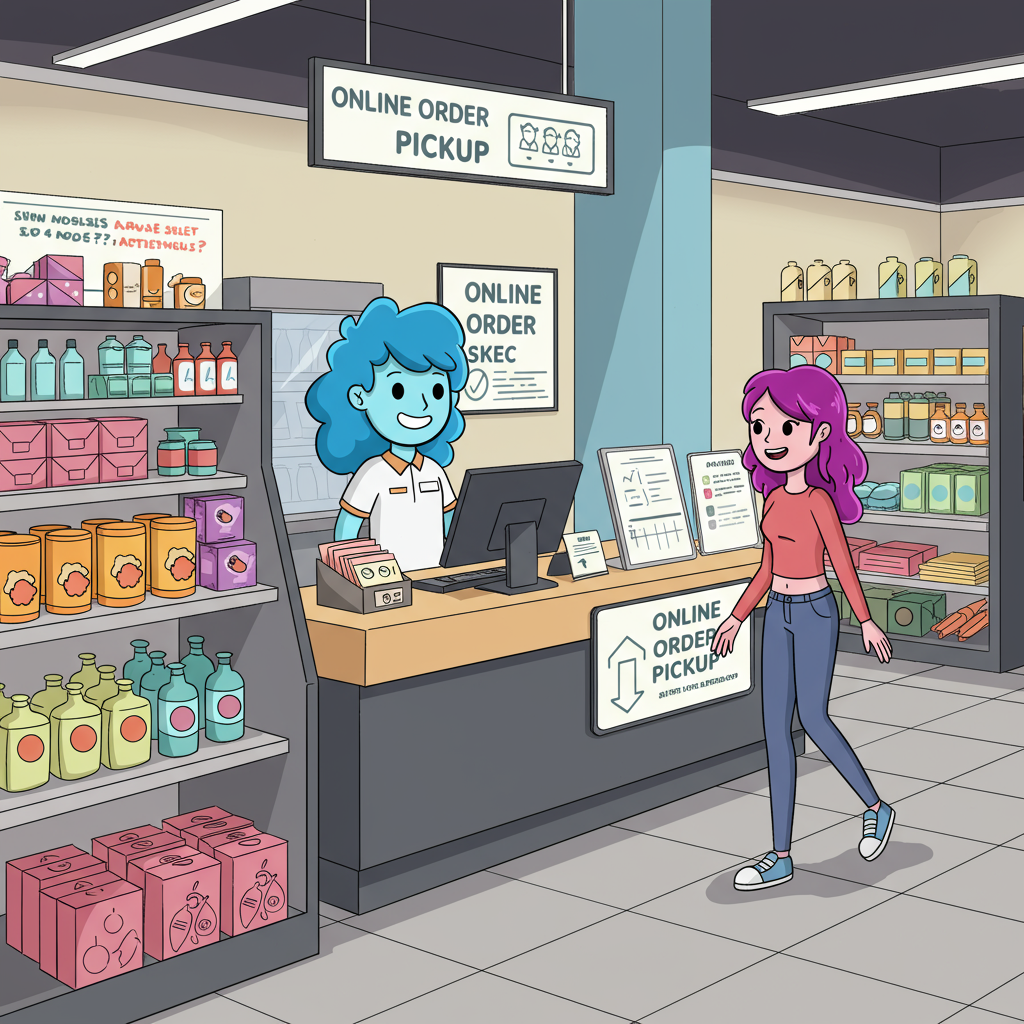A comprehensive guide for merchants looking to optimize their local pickup process and delight customers.
As a merchant, I’m always looking for ways to enhance my customers’ shopping experience and streamline my operations.
One strategy that has proven incredibly effective for me, especially in today’s dynamic retail landscape, is offering in-store pickup.
It’s not just a convenience; it’s a powerful tool that bridges the gap between online browsing and physical retail, offering the best of both worlds.
In this article, I want to share my personal best practices for setting up and managing a seamless in-store pickup process using Shopify.
My goal is to help you avoid common pitfalls and turn local pickup into a significant competitive advantage for your business.
First, let’s talk about the initial setup within Shopify. It’s surprisingly straightforward, but paying close attention to detail is absolutely crucial for success.
I always begin by ensuring my local pickup option is correctly enabled within my Shopify admin, which you’ll find under ‘Settings’ > ‘Shipping and delivery’.
Here, I can meticulously manage all my local pickup locations. If you operate multiple physical stores, as I do, you’ll want to ensure each one is accurately configured with its specific details.
For each designated location, I make sure to specify the precise pickup availability. This includes my store’s exact operating hours and any specific instructions pertinent to customers picking up orders.
I double-check that these hours are accurate and genuinely reflect when my staff can efficiently process pickups, not just general store opening times.
Inventory accuracy is paramount for a smooth pickup experience. I ensure my Shopify inventory levels are always meticulously up-to-date across all my locations.
This proactive approach prevents the incredibly frustrating scenario where a customer orders something for pickup only to discover it’s out of stock at their chosen location.
Once the entire setup is complete, I always perform a test order myself. This allows me to walk through the customer’s exact journey and catch any potential issues before they impact real customers.
Next, let’s delve into communication – in my experience, it’s the absolute backbone of a successful in-store pickup experience.
My customers receive an immediate order confirmation email after their purchase, just as they would with any other online order.
The truly critical part, however, is the subsequent ‘Ready for pickup’ notification. I customize this email extensively to be as helpful as possible.
I make sure to include crystal-clear instructions: my store’s full address, the precise operating hours for pickup, and exactly what they need to bring (e.g., order number, a form of ID).
I also add a friendly reminder about any specific store policies relevant to pickup, such as social distancing guidelines or mask requirements, if applicable.
If there’s ever an unforeseen delay in preparing an order, I proactively communicate it. A quick, polite email or even a phone call can prevent significant customer frustration.
Sometimes, I send a gentle reminder if an order hasn’t been picked up after a few days, just in case the customer simply forgot or got busy.
Within my physical store, I’ve taken care to designate a clear, highly visible pickup area. This eliminates confusion for customers and significantly speeds up the process.
My staff are thoroughly trained on every aspect of the pickup process. They know precisely where to find orders, how to verify customers’ identities, and how to correctly mark orders as fulfilled in Shopify.
We place a strong emphasis on speed and efficiency. Customers opting for pickup often want to get in and out quickly, so we prioritize these orders to minimize their wait time.
I also ensure my staff are well-equipped to handle common questions or minor issues that might arise during the pickup interaction.
For instance, if a customer decides they want to return an item they just picked up, my staff are fully aware of the correct procedure to follow.
Security is another vital consideration. We have a robust system in place to verify the customer’s identity before releasing any order.
This might involve checking their ID against the name on the order or simply confirming the unique order number they received.
From the customer’s perspective, I want the entire pickup experience to be as smooth, convenient, and pleasant as humanly possible.
Clear, intuitive signage in my store directs them straight to the pickup counter, removing any guesswork.
I also make sure my website prominently highlights the in-store pickup option during the checkout process and on relevant product pages.
Promoting this convenient option is key. I frequently mention it in my marketing emails and on social media, always emphasizing its ease and benefits.
It’s also a fantastic way to drive valuable foot traffic to my physical location, potentially leading to additional impulse purchases once customers are inside.
What do you think about this article? I’d genuinely love to hear your thoughts and any additional tips or experiences you might have!
In conclusion, implementing a robust and well-managed in-store pickup process on Shopify has truly been a game-changer for my business.
It’s about much more than just offering an alternative shipping option; it’s about creating a seamless, efficient, and deeply customer-centric experience.
By focusing diligently on clear communication, optimizing operational efficiency, and prioritizing a positive customer journey, you can truly master local pickup and elevate your retail business.






